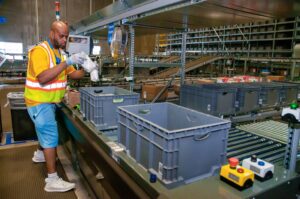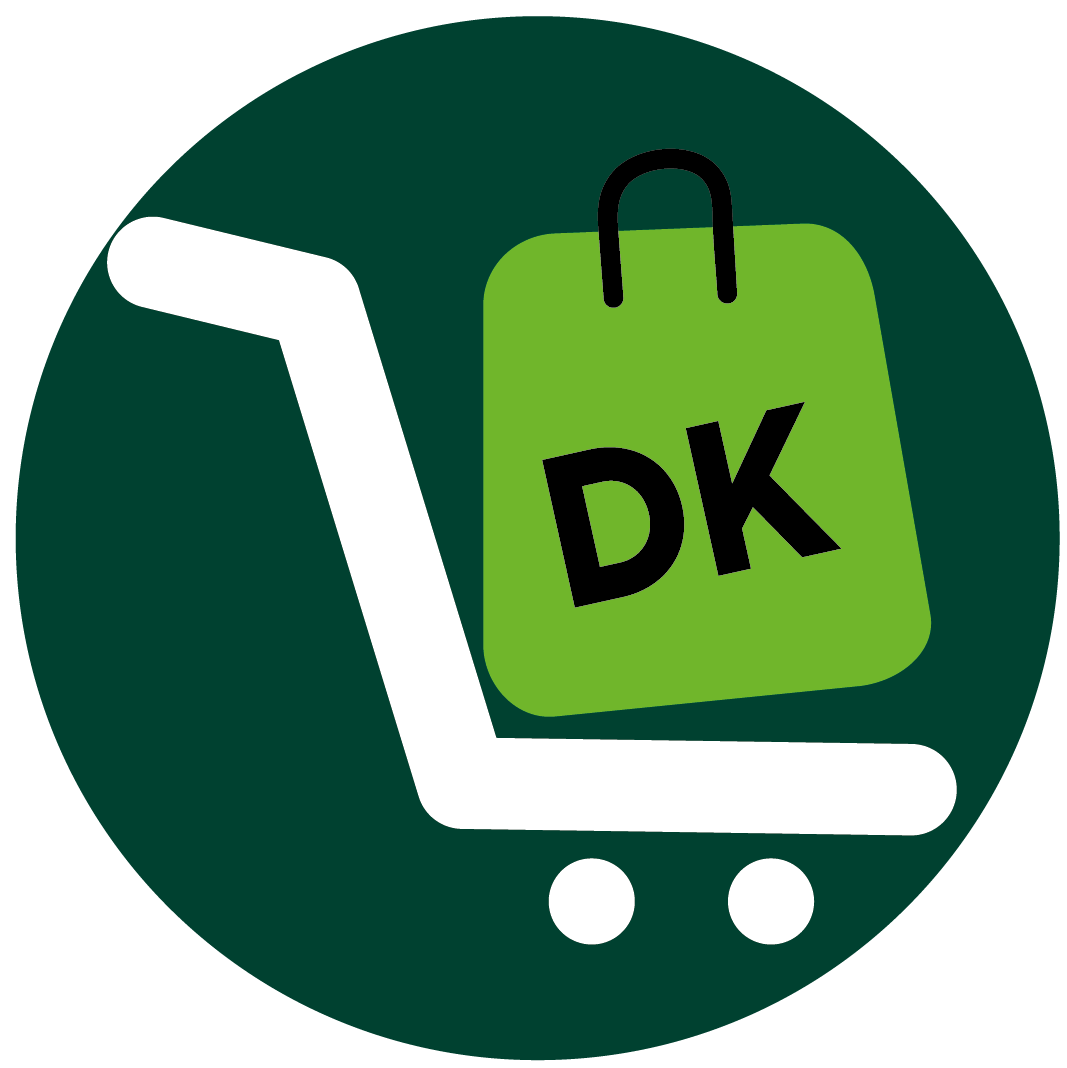As a business owner, you probably know that your product pricing directly impacts your bottom line which is often a scary process for most sellers.
However, in the ever-changing market, you may be wondering, should you keep up with your old price or adjust your pricing to accommodate these changes? How do you know the ideal price to adjust to? This is where A/B testing your product pricing comes in.
Testing your product pricing can be challenging, but this article will serve as a guide on how to go about it. To A/B test you online store:
- Select the Products for Your Testing
- Set up Your Pricing and Test
- Analyze Your Result
- Know When Should You Adjust Your Product Prices
Ready? Let’s get granular!
1. Select the Products for Your Testing
To A/B test price for your online store, select the products for your testing. Testing two prices on the same product can be unfair to your customers. And if they find out, their reaction could harm your brand. They could sue your business for unfair pricing, damaging your brand’s reputation.
What you should do here is select two products that have similar functions and price perceptions. You can select the same product and vary the second by adding a slight offering.
For example, if you’re into clothing and accessories, you might want to test the price of your denim trousers by pairing them with a jacket. You can also select different pricing on denim trousers by adding a leather belt to the variant.
The goal is to test consumer reaction to the price of each variant and know which one your audience is tilting too. However, don’t focus on the sales volume alone; focus more on the revenue. Do you know why? You’ll find out in step 3.
2. Set up Your Pricing and Test
Once you’ve selected the products for your testing, set up your pricing and carry out your test. There are different pricing strategies you can adopt when setting up your pricing. Below are some of them:
Cost Based Pricing
A cost-based pricing strategy incorporates your cost of raw materials, production, workmanship, packaging, taxes, and your profit margin. This pricing strategy is the most direct and easy to implement.
Other factors can have an indirect impact on this type of pricing strategy. For instance, the gas price can affect the cost of transporting your raw materials and equipment during production and packaging. This, in turn, reflects on your pricing.
Usually, cost-based pricing does not include the delivery fee as this can vary with locations and other logistics factors per time.
Competitor Based Pricing
Competitor-based pricing strategy involves setting up your pricing within the range of prices already determined by your direct competitors. This general pricing strategy does not consider your production and packaging costs. However, it can turn out to be the best approach.
To use competitor-based pricing, research the market and view the prices your competitors are offering to their customers. Determine the price range and set up your price accordingly.
Also, you can use software like RepricerExpress or pricing. This software can track price trends and adjust your price accordingly.
Value-Based Pricing
In value-based pricing, you set up your pricing according to your consumer’s perception. This pricing strategy involves proper market research to set up.
Start by researching your target audience. You can locate them on Quora or social media groups, pages, and lists relevant to them. Pinpoint the problem your product can solve and the amount they’re willing to pay to get the solution to such a problem. Also, it’s important you note their earning capacity.
By doing this analysis, you’ll know the value of your product to your customers and the ideal price range for the product.
3. Analyze Your Result
To A/B test pricing for your online store, analyze your result. Give your price testing enough time to get relevant reports on your sales performance. This will help you to produce the proper evaluation and the best price for your product.
In A/B price testing, you should pay attention to the most important factor: revenue, not the sales volume. This is because you can witness a higher sales volume, but there’s no or little change in your revenue. Conversely, you can have a lower sales volume and higher revenue.
Which price yielded the highest revenue in your testing? That’s the price you should implement. However, reset the price and test again if you still didn’t reach your revenue goal.
4. Know When You Should Adjust Your Product Prices
Inflation
Inflation directly affects the general market and affects the cost of production and the operational costs of business. To maintain profitability, adjust the price of your product.
Also, customers tend to buy less during inflation after reducing their capacity. So, while adjusting your price, keep your eyes on their sensitivity to the price change.
The disparity in Competitors’ Pricing
This is one of the most common reasons for price adjustment. It tends to appear crazy when there’s an obvious disparity between your product price and your competitor’s, especially when there’s no obvious justification for that.
If you price much higher than your competitors, you will lose a chunk of customers, resulting in a drop in sales volume. Also, if you price much lower than your competitors, you could record high or low sales, depending on the customers’ perception, either way, you won’t make a profit.
Higher Demand
There’s an obvious relationship between demand and price. When the demand for a product goes up, the market value of the product goes up, and so will the price. On the flip side, the price drops when there’s a drop in the demand for a product.
But you should be careful here; if you increase your price too much, customers will resent it and look for an alternative. Also, if you keep selling the product at the same price while demand rises, you might encounter supply issues. It can also cause the market value of the product to drop in the long run.
Change in Costs
When your business begins to expand and add more offers to your product, that would directly impact the cost of production and operation. Following this, you will need to adjust the price of your product to compensate for these changes and still meet your desired revenue goal.
Conclusion
Learning to A/B test price for your online store is an essential skill you need to build your business. Luckily, you can learn to A/B test in three simple steps. To A/B test pricing, select the products for your testing, then set up your pricing and test. Give your test enough time and analyze your result.














